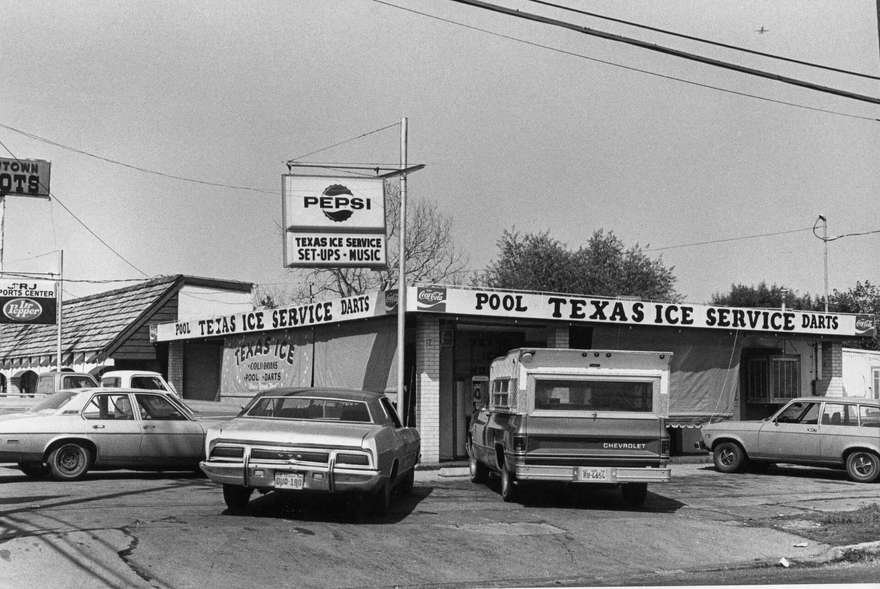A Focus on UX, and Texas History, Inform the Design of Igloo's Party Bar Cooler
As cooler competition intensifies, designers look to details
From a designer's standpoint, it could be argued that the functionality of the humble drinks cooler was perfected decades ago. Insulated walls to keep ice cool, a drain for the melted ice water, handles to carry it, and a tightly-fitting lid did the job.
But with competition high in the category, design is now the differentiator. Designers of coolers now focus on UX details with ever-finer margins. As an example, here's Igloo's Party Bar cooler.

The designers focused on a pain point that might not register for younger, able-bodied users: The difficulty of lifting and moving a loaded cooler. For the elderly or infirm, transporting a cooler filled with ice, re-loading it with fresh product or simply keeping it in the shade as the sun moves can be back-breaking tasks.
The simple answer is to put it on a wheeled base (with a locking caster). In addition to providing mobility, this adds two benefits: The drain plug is now made high enough that a pail can be placed beneath, and the elevated height means those with bad backs don't have to bend quite as far to access the cooler's interior.



Additionally, the drain spout is threaded, so a hose can be attached.

More UX details: Removable interior dividers are included, allowing the separation of different tipples.



A stainless steel bottle opener is screwed to the side, with a bin beneath it to catch caps. The bin is removable for easy dumping.


If you're wondering why the sides of the cooler are scalloped, that's a bit of storytelling poetry. The aesthetic is "inspired by the outdoor beer chests found at a traditional Texas icehouse."
Historical context: In the late 19th century, icehouses began to pop up along the sweltering Gulf coast. These were used to store and sell a rare commodity of the era, ice imported from up north.


Over the years icehouses expanded into selling gasoline, sundries, burgers, cold drinks and the like, becoming informal community gathering places. Eventually they came to be associated with selling beer (but not hard liquor, due to regional laws) and hosting musical acts—essentially what we would call a roadhouse in other parts of the country.


As these icehouses were often mom-and-pop operations, cast-off domestic and agricultural equipment was often used to store the beer: Old claw-foot bathtubs, clothes-washing tubs, galvanized garbage cans, feeding troughs, watering troughs, anything that would hold ice and had an open top. The Igloo design is meant to reference galvanized metal vessels where scallops were stamped into the sides for structure.


Both the lid and the wheeled base of the Party Bar cooler are removable.


The cooler has a 125-quart capacity (it will hold 158 cans, for scale) and can fit 2-liter bottles in an upright position. The wheels should come in handy, as the cooler is nearly 40" long and weighs just under 35 pounds.

It retails for $230.
-
oFavorite This
-
Q1Comment
K
{Welcome
Create a Core77 Account
Already have an account? Sign In
By creating a Core77 account you confirm that you accept the Terms of Use
K
Reset Password
Please enter your email and we will send an email to reset your password.


Comments
Looks like a stock tank.